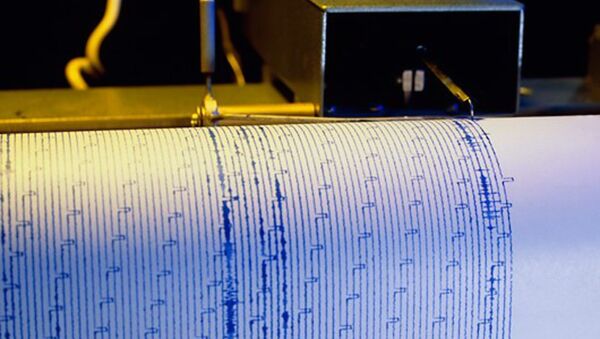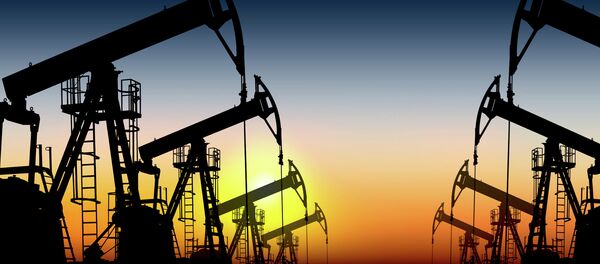“To a large extent, the increasing rate of earthquakes in the mid-continent [North America] is due to fluid-injection activities used in modern energy production,” the USGS study, published on Friday, said.
Large areas of the United States long considered geologically stable with little or no detected seismicity have recently become seismically active, which is “not the result of natural processes,” the USGS explained.
Although only a small fraction of wells have been associated with induced earthquakes large enough to be felt, the number of disposal wells contributes significantly to the total seismic hazard in the mid-continent, the study said.
Developing a hazard model for earthquakes induced by industrial activities, the study added, is critical to determining effective ways to mitigate their damaging effects. USGS said it was important that all information be publicly accessible to provide timely guidance to reduce hazard and potential consequences in the future.
The USGS is a science organization founded in 1879 that provides reliable scientific information to minimize loss of life and property from natural disasters and manage water, biological, energy, and mineral resources, according to the group’s website.



